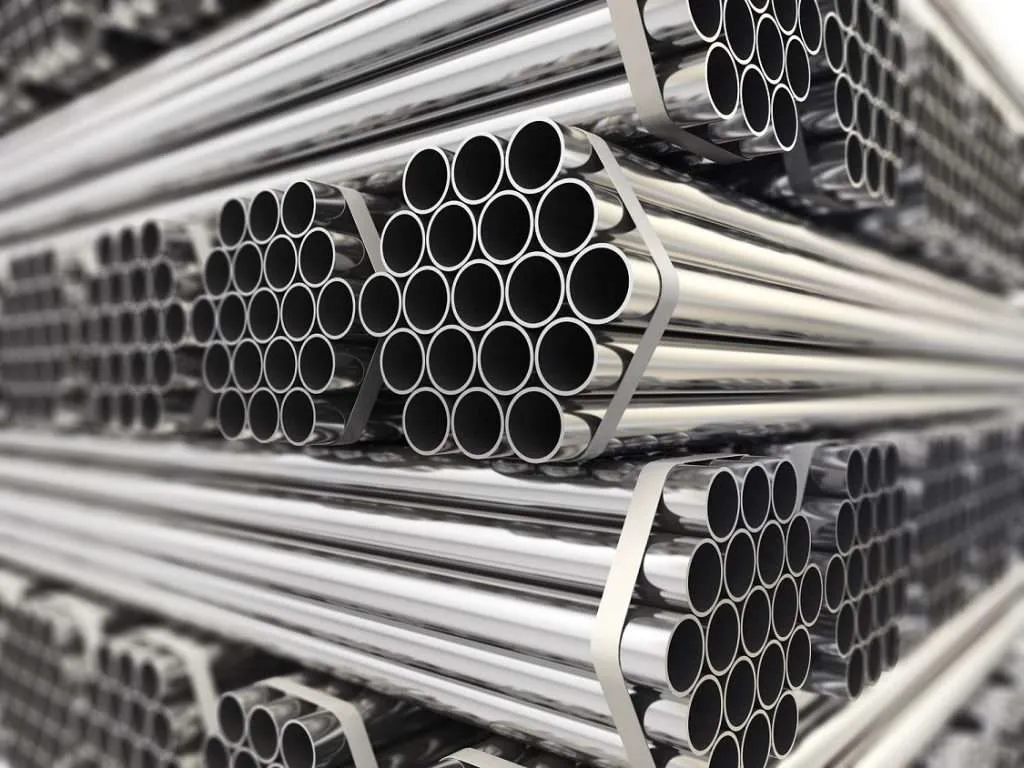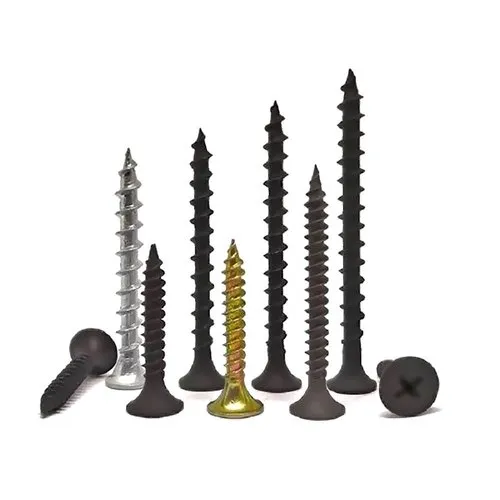
Steel, the backbone of countless industries, exists in a multitude of forms, each catering to specific needs. Today, we’ll explore two prevalent types: mild steel and high-tensile steel. While both belong to the carbon steel family (containing up to 0.90% carbon by weight), their unique characteristics make them suitable for distinct applications.
Mild Steel: The Versatile Workhorse
Mild steel, known for its low carbon content (around 0.15-0.25%), offers several advantages:
- Workability: Its malleability and ease of fabrication (cutting, welding, and shaping) make it ideal for projects requiring flexibility.
- Affordability: Compared to high-tensile steel, mild steel is more cost-effective.
- Weldability: Its excellent weldability makes it a popular choice for various construction projects.
- Electrical Conductivity: Mild steel’s ability to conduct electricity proves useful in welding applications.
However, its lower carbon content translates to:
- Moderate Strength: Mild steel offers sufficient strength for many applications, but not for high-stress or heavy-load scenarios.
- Corrosion Susceptibility: While not inherently rust-proof, mild steel can be treated or galvanised for enhanced corrosion resistance.
High-Tensile Steel: Strength Takes Precedence
High-tensile steel boasts a higher carbon content (around 0.60-0.80%) compared to mild steel. This, along with additional alloying elements like chromium, manganese, and silicon, contributes to:
- Superior Strength: High-tensile steel offers an exceptional strength-to-weight ratio, making it ideal for load-bearing structures, bridges, and heavy machinery.
- Enhanced Corrosion Resistance: Certain types of high-tensile steel offer better resistance to corrosion compared to mild steel.
However, the increased carbon content comes with trade-offs:
- Reduced Flexibility: High-tensile steel is less malleable and more prone to cracking if bent excessively.
- Higher Cost: Due to its superior strength and additional alloying elements, high-tensile steel is generally more expensive than mild steel.
Applications: Choosing the Right Steel for the Job
Understanding the properties of both steels helps you choose the right one for your construction needs. The applications of each steel are as follows:
- Mild Steel: For projects requiring good workability, affordability, and moderate strength, mild steel shines. Examples include railings, fences, decorative elements, and ductwork.
- High-Tensile Steel: When high strength and a lower weight are crucial, high-tensile steel becomes the preferred choice. This applies to beams, columns, bolts, and components in vehicles and machinery.
HK Sagar: Your One-Stop Steel Solution in the Northeast
Located in the heart of Northeast India, HK Sagar stands as a trusted supplier of a comprehensive range of steel products. We cater to diverse needs, offering both mild steel and high-tensile steel in various sizes and grades. Our commitment to quality, customer service, and competitive pricing makes them a one-stop destination for all your steel requirements in the region.
Remember, consulting a qualified professional can help you make the most informed decision for your specific project needs. So, for any information or detail on steel products, reach out to HK Sagar.
